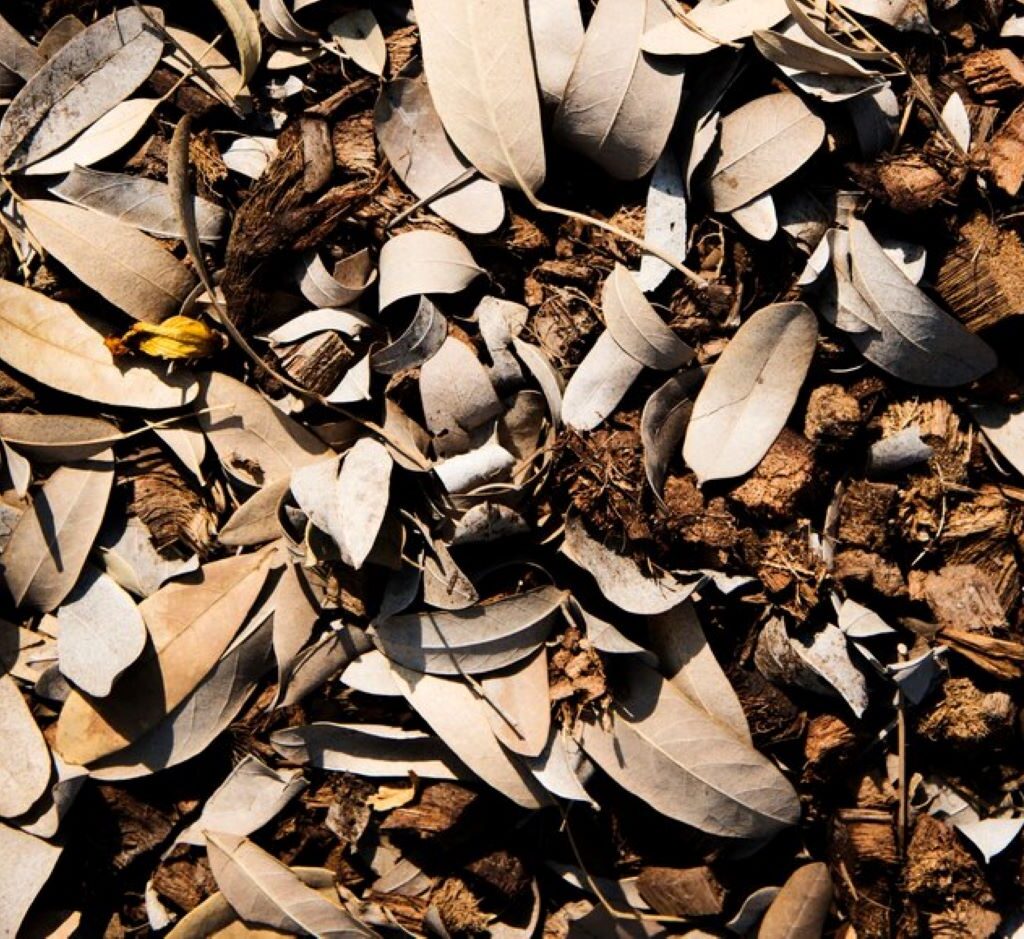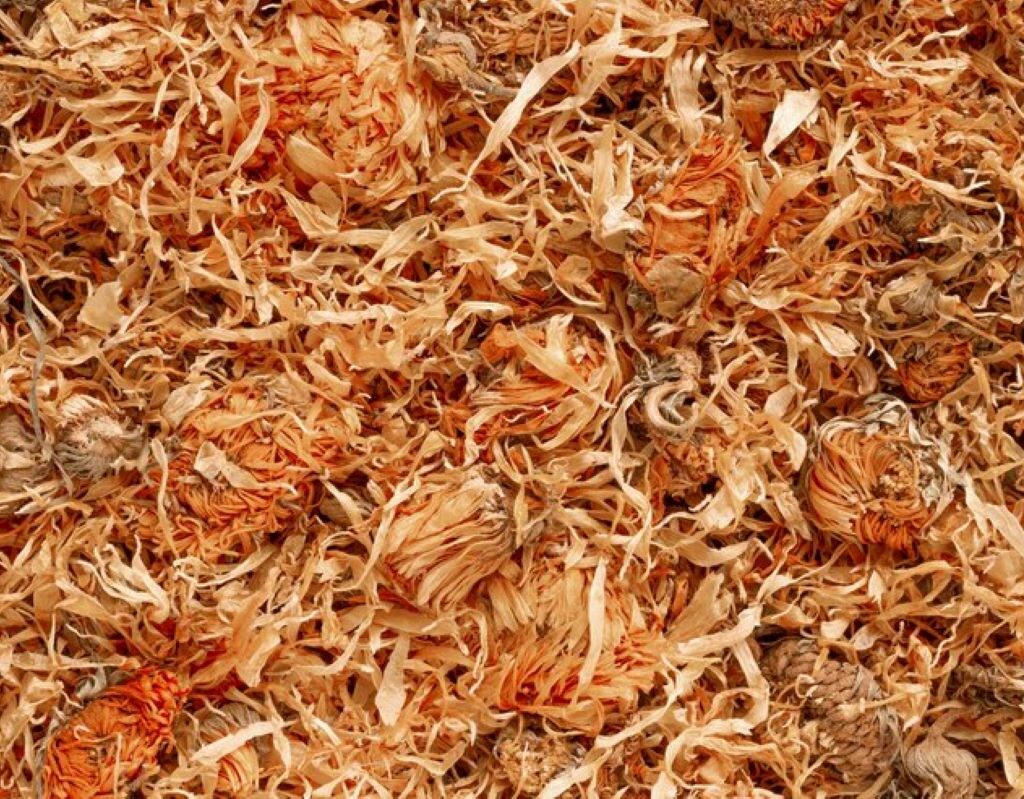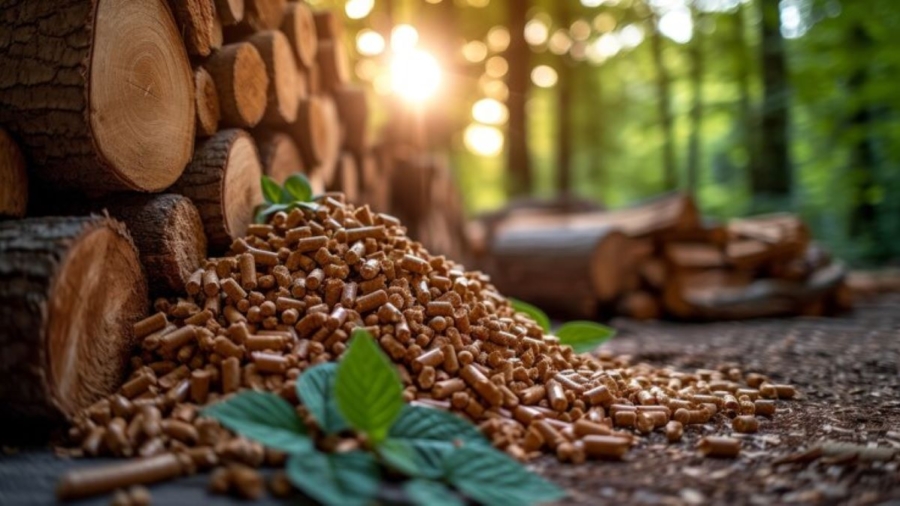Healthy soil is essential for successful gardening, and choosing the right ground cover is crucial in achieving this. Two popular options – wood chips and mulch – each have their own benefits for soil health and garden vitality.
Wood chips, made from tree materials, create a protective layer over soil while slowly breaking down to release nutrients. These organic materials can vary from fresh arborist chips to processed types, offering different rates of decomposition and nutrient profiles.
Mulch is a broader term that includes various materials such as straw, grass clippings, bark, compost, and leaves.
Both wood chips and mulch play important roles in the garden:
- Retaining moisture
- Suppressing weeds
- Regulating temperature
- Improving soil structure
- Enhancing nutrients
The decision between wood chips and mulch can greatly impact the success of your garden. This comparison looks at the unique qualities and advantages of each option, guiding gardeners in making informed choices for their specific soil health requirements.
Understanding Wood Chips and Their Benefits for Soil Health
Wood chips are a layer of protection for the soil, made up of shredded tree materials like bark and small branches. These organic materials come in different sizes, usually between 1 to 3 inches long, which creates spaces for air to move around and water to drain in the soil.
Key Characteristics of Wood Chips:
- They decompose naturally over time, releasing nutrients slowly.
- Their coarse texture allows water to seep in properly.
- They provide long-lasting coverage for about 2 to 3 years.
- They have excellent properties for regulating temperature.
Arborist wood chips are a top choice for enriching the soil. These fresh wood chips come directly from tree maintenance activities and contain a variety of materials:
- Pieces of bark that are rich in nutrients and minerals.
- Green leaves that are packed with nitrogen.
- Small twigs that house beneficial microorganisms.
- Fragments of wood that support decomposition over time.
The nutrient profile of arborist wood chips offers significant advantages:
- Carbon-rich content feeds soil microbes.
- Trace minerals from different tree species.
- Natural plant compounds that suppress harmful pathogens.
- Nutrients released slowly to support ongoing plant growth.
Fresh wood chips create an ideal environment for beneficial fungi, especially mycorrhizal networks. These fungal relationships enhance nutrient absorption and strengthen plant root systems. The gradual breakdown of wood chips mimics nature’s own process of building soil, creating a self-sustaining cycle of replenishing nutrients.
Moreover, integrating these organic materials into your farming practices can significantly improve soil health.
Exploring Different Types of Mulch and Their Role in Improving Soil Health
Mulch comes in many forms, each offering unique benefits for improving soil health. These varieties include:
Organic Mulch Options:
- Straw and hay
- Grass clippings
- Leaves and leaf mould
- Pine needles
- Cocoa hulls
- Composted manure
Inorganic Mulch Materials:
- Gravel and stones
- Rubber mulch
- Landscape fabric
- Black plastic
The application of mulch creates a protective barrier that serves multiple functions in garden maintenance. A 5-10 cm layer of mulch reduces water evaporation by up to 70%, keeping soil consistently moist. This moisture retention proves particularly valuable during dry spells and reduces the frequency of watering needs.
Mulch acts as a natural weed deterrent by blocking sunlight from reaching weed seeds, preventing their germination. When weeds manage to emerge, the mulch layer makes them easier to remove by keeping the soil loose and workable.
Different mulch materials break down at varying rates:
- Fast-decomposing: Grass clippings, leaves
- Medium-decomposing: Straw, composted manure
- Slow-decomposing: Pine needles
- Non-decomposing: Gravel, rubber
The decomposition rate influences nutrient release into the soil, with faster-decomposing materials providing immediate nutritional benefits. Slower-decomposing options offer extended protection and gradual soil improvement over time.
A Comparative Analysis: Wood Chips vs Mulch for Soil Health Improvement
Wood chips and mulch have different qualities that impact soil health in various ways. A direct comparison shows their individual strengths:
| Aspect Wood Chips Mulch Longevity | Maintain coverage for 4-7 years | Requires replacement every 1-2 years |
| Slower decomposition reduces maintenance needs | ||
| Soil Enrichment | Create deep organic matter layers | Provides quick nutrient release |
| Support diverse fungal networks | Breaks down rapidly | |
| Release nutrients gradually | Offers immediate soil benefits | |
| Moisture Conservation | Create lasting moisture barrier | Provides moderate moisture retention |
| Reduce watering frequency by 50% | Requires regular replenishment | |
| Maintain consistent soil humidity | Offers seasonal protection |
The thickness of application also impacts effectiveness. Wood chips perform optimally at 4-6 inches depth, while mulch requires 2-3 inches for best results. This depth difference affects both initial cost and long-term maintenance requirements.
Temperature regulation varies between the materials. Wood chips create a stable environment with minimal temperature fluctuations, while mulch offers moderate temperature control that requires more frequent monitoring and adjustment.

The Impact of Wood Chips and Mulch on Soil Health Factors
Both wood chips and mulch create significant positive changes in soil structure and health through three primary mechanisms:
1. Organic Matter Enhancement
- Wood chips decompose gradually, releasing essential nutrients
- Organic mulch materials break down into rich humus, as detailed in this article about the science of how mulch helps gardens grow
- Soil microorganisms thrive on decomposing materials
- Enhanced soil structure improves water retention capacity
- Incorporating composting at home can further enrich the organic matter in soil
2. Temperature Regulation
- Wood chips create a thick insulating layer
- Mulch maintains consistent soil temperatures
- Protection from extreme heat and cold
- Root systems benefit from stable growing conditions
- Reduced water evaporation in summer months
3. Erosion Control Benefits
- Wood chips interlock to form a protective barrier
- Mulch absorbs rainfall impact
- Both materials slow water runoff
- Reduced soil compaction from heavy rains
- Root systems remain protected and stable
The depth of application plays a crucial role in maximising these benefits. A 7-10 cm layer provides optimal protection while allowing proper air circulation. Different soil types respond uniquely – sandy soils benefit from thicker applications, while clay soils require thinner layers to prevent waterlogging.
Regular monitoring helps maintain the effectiveness of both materials. As decomposition occurs, additional layers may need application to sustain soil health benefits. This ongoing process creates a self-sustaining cycle of soil improvement, which is a key aspect of sustainable gardening practices as highlighted in recent studies like this one.
Practical Considerations for Using Wood Chips or Mulch to Enhance Soil Health
Understanding the Nitrogen Dynamics of Fresh Wood Chips
Fresh wood chips present a unique challenge in garden management due to their nitrogen dynamics. As wood chips decompose, soil microorganisms require significant nitrogen to break down the woody material, which can temporarily reduce nitrogen availability for plants. This process, known as nitrogen immobilisation, affects plant growth during the initial decomposition phase.
Key Nitrogen Management Strategies:
- Apply a nitrogen-rich fertiliser when using fresh wood chips
- Allow wood chips to age for 3-6 months before application
- Use a thinner layer (5-7cm) of fresh wood chips to minimise nitrogen depletion
Replenishment Frequency of Wood Chips and Mulch Materials
The replenishment frequency varies between wood chips and mulch materials. Wood chips typically need replacement every 2-3 years, while organic mulches require annual replenishment due to faster decomposition rates.
Maintenance Schedule Guidelines:
- Wood Chips
- Check depth quarterly
- Top up when layer reduces to 2-3cm
- Complete replacement every 2-3 years
- Organic Mulch
- Monitor thickness monthly
- Replenish annually in spring
- Maintain 7-10cm depth for optimal benefits
Nutrient Release Patterns from Decomposition
The decomposition rate affects nutrient release patterns. Wood chips create a slow, steady nutrient supply, while organic mulches provide faster nutrient availability. This difference influences the timing and frequency of supplemental fertilisation needed for optimal plant growth. For instance, patterns of decomposition and nutrient release can vary significantly between different types of organic materials used as mulch.
Moreover, it’s important to note that while using these materials, one must also consider their impact on weed growth. Implementing effective cultural weed management strategies alongside the use of wood chips or mulch can help maintain a healthy garden ecosystem.
The Back to Eden Gardening Method: A Holistic Approach to Soil Health Improvement with Wood Chips
The Back to Eden gardening method represents a revolutionary approach to natural gardening, mimicking forest floor conditions to create thriving garden ecosystems. This method utilises a specific layering technique that transforms ordinary ground into rich, fertile soil without the need for tilling.
Foundational Layers of the Back to Eden Method
The foundational layers consist of:
- Newspaper Base LayerCreates a weed barrier
- Biodegrades naturally
- Retains moisture effectively
- Wood Chip Cover10-15 cm thick layer
- Fresh or aged chips acceptable
- Creates ideal decomposition environment
How the Layering System Works
This layering system works by:
- Encouraging beneficial fungi growth
- Creating habitat for earthworms
- Supporting soil microorganisms
- Building organic matter naturally
Benefits of the Back to Eden Method
The wood chips break down gradually, enriching the soil with nutrients while maintaining optimal moisture levels. As the layers decompose, they create a self-sustaining system that requires minimal intervention. The method proves particularly effective in:
- Reducing water usage by up to 50%
- Eliminating the need for fertilisers
- Creating drought-resistant garden beds
- Supporting year-round plant growth
The Back to Eden method demonstrates how wood chips can transform poor soil into rich, productive growing medium through natural decomposition processes. This system works effectively in various climate conditions, adapting to local environmental factors whilst maintaining consistent soil improvement results.
See Also : Benefits of Using Wood Chip Mulch in Your Garden Beds

Making the Right Choice for Your Garden: Wood Chips or Mulch?
The selection between wood chips and mulch depends on specific garden requirements:
Wood Chips Best For:
- Long-term soil improvement projects
- Gardens following natural decomposition methods
- Areas requiring extended moisture retention
- Spaces with deep-rooted plants
Mulch Best For:
- Quick nutrient release
- Seasonal garden beds
- Decorative landscaping
- Small-scale gardening projects
The ideal choice rests on factors such as:
- Garden size
- Plant types
- Maintenance schedule
- Aesthetic preferences
- Local climate conditions
Both options deliver substantial benefits for soil health. Wood chips create lasting improvements through slow decomposition, while mulch offers immediate soil enhancement. The decision should align with specific gardening goals and available resources.
More to Read : Benefits of Using Wood Chip Mulch in Your Garden Beds

